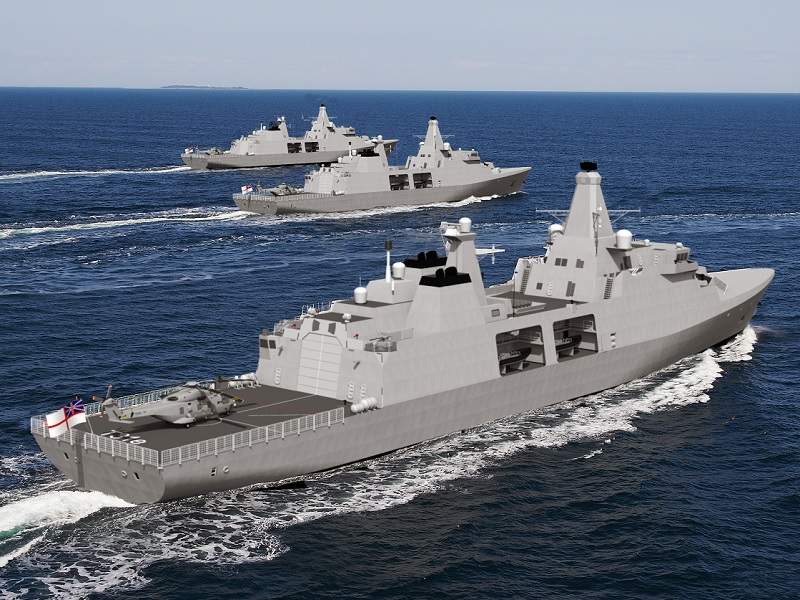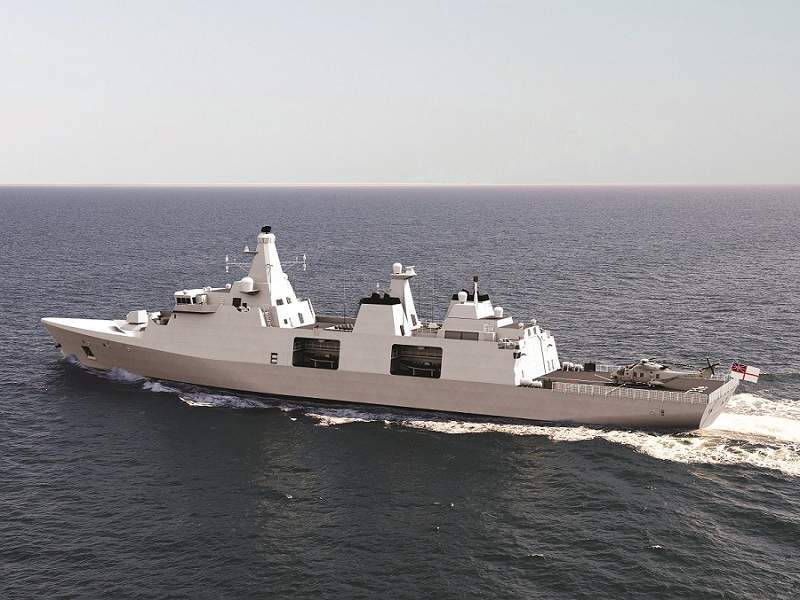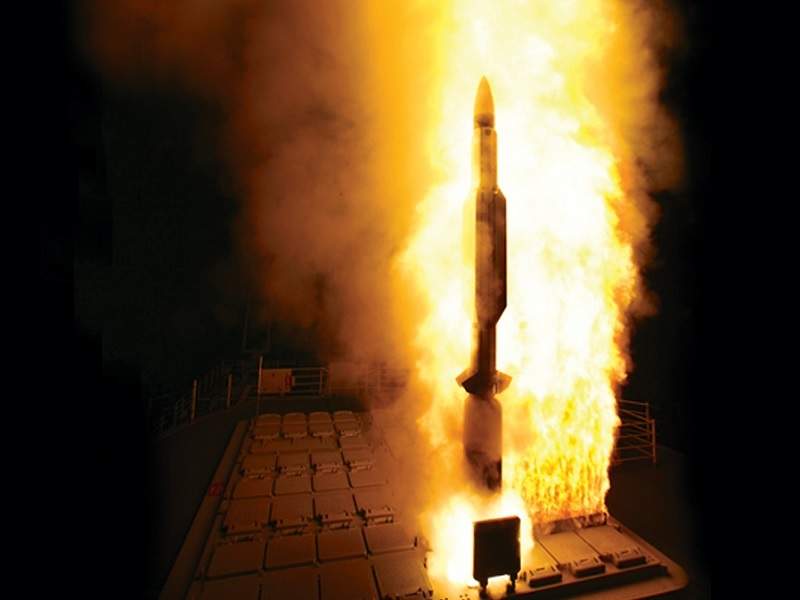Arrowhead 140 is a general-purpose light frigate being developed by Team 31, which is led by Babcock International. Team 31 comprises Thales Group, Harland and Wolff, BMT, OMT and Ferguson Marine.
Launched in May 2018, the Arrowhead 140 is designed to meet the requirements of the British Royal Navy’s Type 31e general-purpose frigate programme.
The Arrowhead 140 design was preferred for the Type 31 frigate programme in September 2019. The first Type 31 frigate is scheduled to be launched in 2023.
The general-purpose frigate can be used for maritime surveillance and interdiction, counter-piracy, military presence and deterrence, humanitarian aid and disaster relief, task group support, consort protection, as well as anti-submarine warfare missions.
Arrowhead 140 light frigate design and features
The design of Arrowhead 140 is based on OMT’s industry-proven Iver Huitfeldt hull form, which is currently in service with the Royal Danish Navy.
The optimised design of the frigate will enable operators to reduce maintenance costs, minimise the potential risks during missions and operate in adverse environmental conditions.
The frigate will have a maximum overall length of 138.7m, a maximum beam of 19.8m and a design draft of 4.8m. The displacement of the vessel will be 5,700t, which is 2,000t more when compared to the similar general-purpose frigate offerings in the market. Designed to carry more than 160 people, the ship can operate with a minimal crew of 100.
The large aft flight deck can accommodate an AW-101 Merlin or MH-60 Seahawk helicopter or a smaller rotorcraft such as AW159 Wildcat plus unmanned aerial vehicles (UAVs). Equipped with helicopter in-flight refuelling (HIFR) capability, the deck can support the operation of aircraft with a maximum take-off weight of up to 15t. The hangar on-board the frigate will have the capacity to hold naval helicopters, unmanned systems and light aircraft.
Either side of the hull will feature two boat bays for the deployment of rigid-hulled inflatable boats (RHIB) and autonomous underwater / surface systems.
The vessel will also feature a range of reconfigurable spaces to carry a large number of twenty-foot equivalent (TEU) containers, which will serve as storage spaces during Humanitarian Aid and Disaster Relief Operations (HADRO) missions and can also be used for accommodating additional people.
Arrowhead 140 frigate weapons
The upper deck will be installed with gun mounts to house 40mm small calibre guns to 5in (127mm) medium calibre guns. The large deck area can accommodate eight canister-launched surface-to-surface guided weapons (SSGW). It can also accommodate the Mk41 vertical launching system (VLS) with up to 32 variable length tubes.
The vessel will carry surface-to-air missiles (SAM), land strike missiles, anti-submarine warfare (ASW) missiles and close-in weapon systems.
Arrowhead 140 frigate sensors suite and payloads
Arrowhead 140 general-purpose frigate will feature a Thales tactical information and command system (TACTICOS), which is an open architecture combat management system that enhances the warfare capability of the forces.
It will accommodate a range of sensors, including short and medium-range radars for navigation, fire control, helicopter control, and situational awareness of the crew. Surveillance and gunfire control can be provided by electro-optical trackers on-board.
The vessel will be equipped with a hull-mounted sonar for identification of submarines, torpedoes and underwater mines. It will feature a towed array or variable depth sonar for protection against torpedo systems.
Propulsion and performance of Arrowhead 140
The Arrowhead 140 will feature a combined diesel and diesel (CODAD) propulsion system, integrating four diesel engines, two propellers and two variable shaft lines. The power-plant will have the capacity to produce a maximum power of 32.8MW.
The propulsion system will ensure a low underwater radiated noise (URN) signature and will comply with the International Maritime Organisation (IMO) Tier III regulations. It will enable the vessel to attain a cruising speed of 18k and a maximum speed of over 28k.









